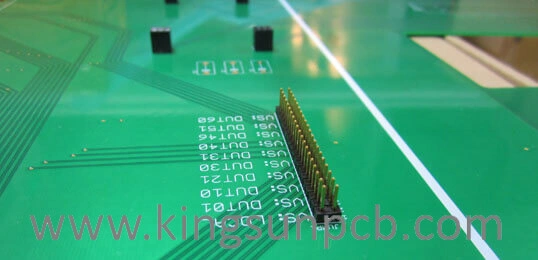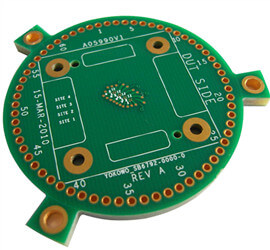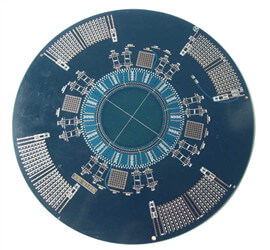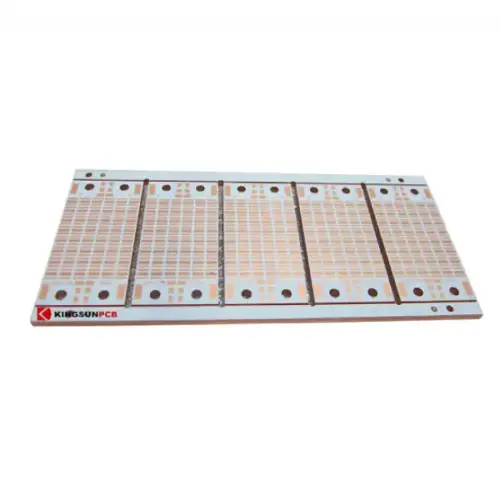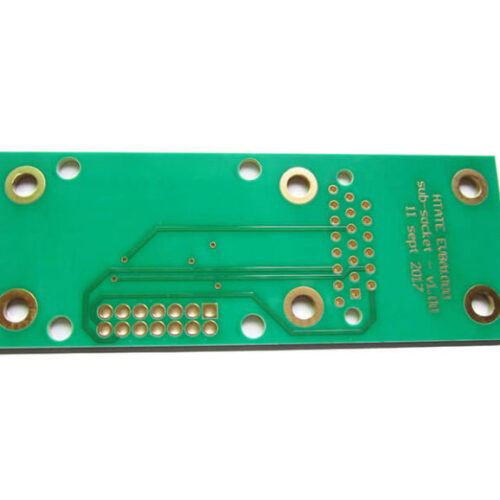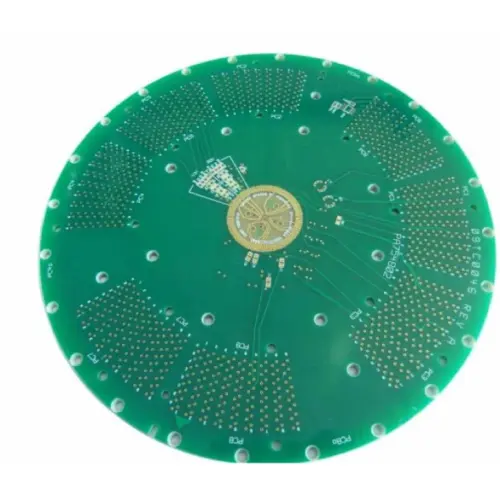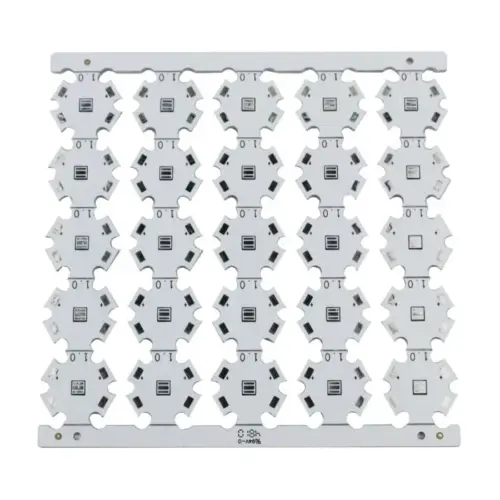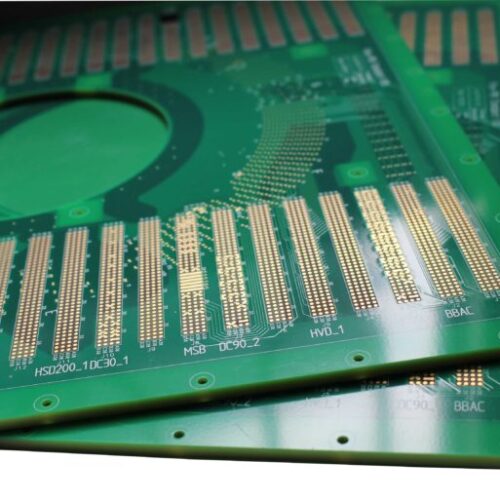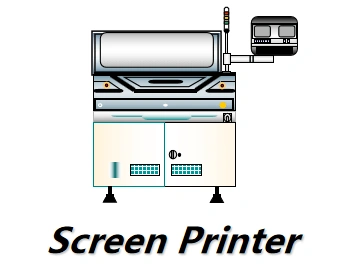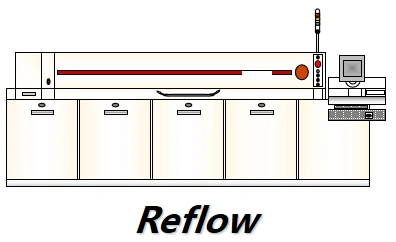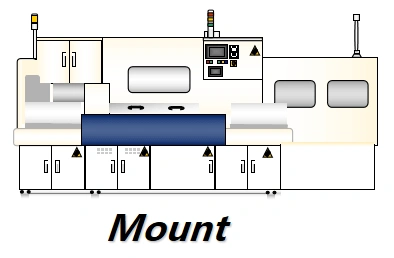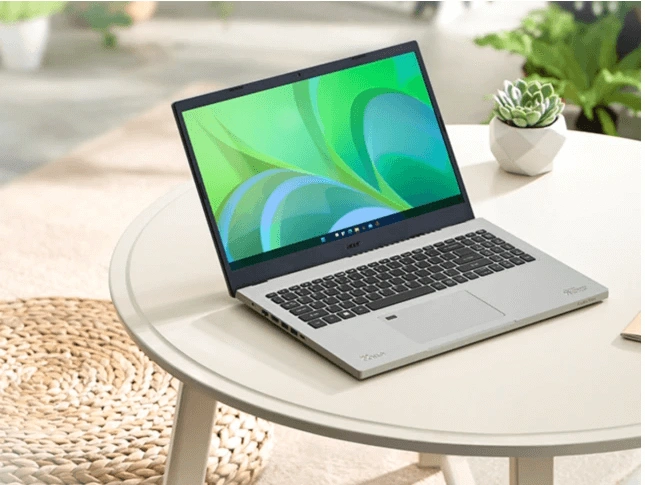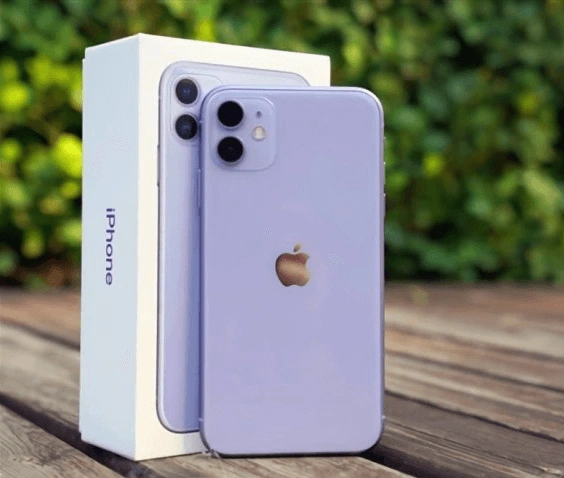La deuxième étape est la fabrication de cartes de circuits imprimés
Voici les principales procédures de production des cartes multicouches conventionnelles.
Découpe des matériaux : Le matériau de coupe est la grande surface (48 pouces * 42 pouces) de matière première qui est découpée pour former le panneau de travail dont les fabricants de PCB ont besoin.
Couche intérieure : The inner layer of the circuit uses positive imaging technology, After developing, etching, and de-filming processes, complete the production of the inner layer of the line.
Oxyde noir : Black Oxide is made before lamination. The main role is to roughen the copper surface and increase the surface contact area with the resin to ensure the quality of lamination.
Lamination : Stack up the inner core and prepreg to press into multilayer board through vacuum pressure machine. And make the tooling holes for the next process.
Drilling: Using CNC drilling machine, through holes are drilled for circuit connections between layers.
Cuivre chimique : Electroless copper is chemically deposited, copper. The method deposits a thin copper layer in the non-conductive substrate so that the through-holes are metallization. Then use the plating method to thicken the hole’s copper thickness to achieve the design purpose.
Placage cuivre : Le cuivrage est une méthode de galvanoplastie qui permet d'augmenter l'épaisseur des trous de passage et des surfaces des circuits.
Couche extérieure : Transférer le motif extérieur sur la plaque recouverte de cuivre et graver le cuivre inutile.
Résistance à la soudure Caractère : Impression d'une couche d'encre de masque de soudure isolée sur la surface de la couche externe. Certains circuits imprimés nécessitent également l'impression de symboles sur la couche de masque de soudure.
Surface treatment: Common PCB surface treatments include HASL, OSP, Immersion Gold, ENEPIG, Immersion Silver, Immersion Tin, and Gold finger plating.
Test électrique : All the PCBs must be pen/short tested before outgoing, the test included electrical test and flying probe test. Electrical test for PCB mass production and flying probe test for samples as it’s fast turn round.

